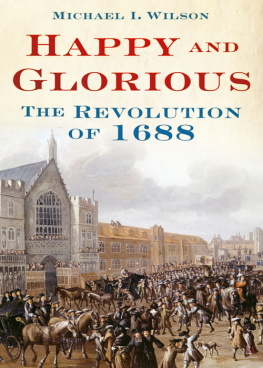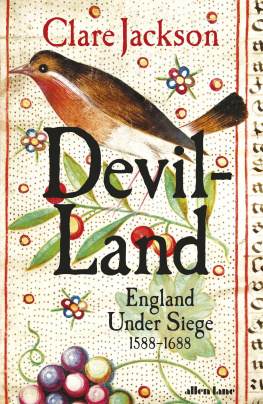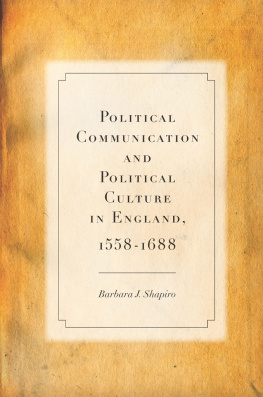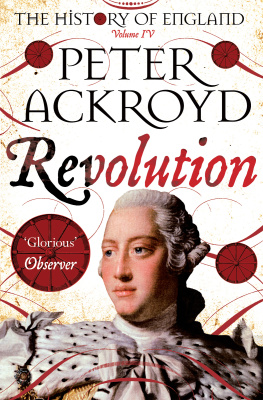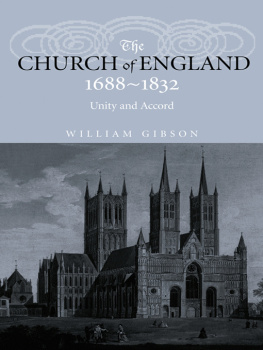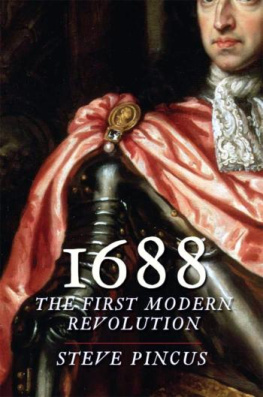THE LAST REVOLUTION
1688 and the Creation of the Modern World
PATRICK DILLON

All Rights Reserved
Copyright Patrick Dillon 2006, 2016
First published in 2006 by Jonathan Cape
This edition published in 2016 by:
Thistle Publishing
36 Great Smith Street
London
SW1P 3BU
www.thistlepublishing.co.uk
In memory of my father
CONTENTS
ILLUSTRATIONS
James II by Largillire ( copyright National Maritime Museum, London ).
The murder of Sir Edmund Berry Godfrey ( copyright The Trustees of the British Museum ).
The Duke of Monmouth ( National Portrait Gallery, London ).
Soho Square ( copyright The Trustees of the British Museum ).
William of Orange engraved by Schenck ( private collection ).
James II at prayer by Trouvain ( Pepys Library, Magdalene College, Cambridge ).
Jaques Fontaine ( Huguenot Library, University College London ).
Page from Jaques Fontaines memoirs ( University of Virginia Library, Special Collections ).
Pistols made by the Huguenot Pierre Monlong ( courtesy of the Board of Trustees of the Armoury ).
The Declaration for Liberty of Conscience ( British Library 816.m.3/21 ).
Title page of Newtons Principia.
John Locke by Sylvester Brounower ( National Portrait Gallery, London ).
Isaac Newton in 1689 by Kneller ( by kind permission of the Trustees of the Portsmouth Estates ).
The Seven Bishops ( National Portrait Gallery, London ).
Williams secret code ( The National Archives, ref. SP8/2 ).
The infant Prince of Wales after Kneller ( National Portrait Gallery, London ).
Caspar Fagel ( private collection ).
The Resolution in a gale by Willem van de Velde ( copyright National Maritime Museum, London ).
Williams flagship by Ludolf Bakhuysen ( Rijksmuseum, Amsterdam ).
The departure from Hellevoetsluis and the landing at Torbay ( British Library Maps 32683/24 ).
Map of Torbay by a French officer ( British Library Maps 56.d.5 ).
William at Torbay by Jan Wyck ( copyright National Maritime Museum, London ).
James IIs armour ( courtesy of the Board of Trustees of the Armouries ).
Jamess first flight ( Hulton Archive/Getty Images ).
The arrest of Lord Chancellor Jeffreys ( Hulton Archive/Getty Images ).
Playing cards: burning the mass houses ( Worshipful Company of Makers of Playing Cards, collection at Guildhall Library, City of London ).
The Abdication and Vacancy resolution ( Parliamentary Archives HL/PO/JO/10/1/403A ).
Williams speech accepting the throne ( Parliamentary Archives HL/PO/JO/10/10/403F ).
James IIs reception by Louis XIV ( Hulton Archive/Getty Images ).
Marys arrival from Holland by Willem van de Velde ( copyright National Maritime Museum, London ).
The Battle of the Boyne ( courtesy of the Council of the National Army Museum ).
The Earl of Nottingham by Rysbrack ( V&A Images/Victoria & Albert Museum ).
Archbishop Tillotson ( National Portrait Gallery, London ).
Mary in 1685 by Willem Wissing ( National Portrait Gallery, London ).
John Locke in 1697 by Godfrey Kneller ( The State Hermitage Museum, St Petersburg ).
Share prices in Houghtons Collection ( British Library 522.m.11/2 ).
Cornhill with the Royal Exchange, 1778 ( courtesy of the Mercers Company Archives and Art Collection ).
Playing card: Insurance on Lives ( copyright The Trustees of the British Museum ).
Gamblers in Young Mans coffee house.
Henry Purcell by John Closterman ( National Portrait Gallery, London ).
Colley Cibber as Lord Foppington ( National Portrait Gallery, London ).
Thomas Saverys steam engine ( British Library RB.8.a.229 ).

QUOTATIONS
Seventeenth-century spelling and punctuation has generally been modernised.
PREFACE
688 has had a curious time of it in the past few years. The Glorious Revolution used to be a date every schoolboy knew, as important as the Norman Conquest or the Spanish Armada. Yet in recent years it has rather sunk into oblivion quite often in working on this book I have been asked what happened in 1688. Fortunately, the Revolutions escape from British mythology has also emancipated scholars of the period, who, over the past few decades, have vastly extended our understanding of it. Readers familiar with their work will recognise it often enough in the pages which follow. I hope they will take the bibliography as acknowledgement of it.
Both for help given and for suggestions which did not, in the end, find space in the text, I would like to thank David Dabydeen, Sir John Guinness, Willem Hoogsteder, Charlotte Mitchell, Stephen Taylor, Andrew Walkling and Thomas Woodham-Smith; also the Cornell Early Music Circle, the Mercers Company, the staff at the British Library and London Library, and Dr Williamss Library, who gave me access to Roger Morrices Entring Book and by whose kind permission quotations from it are included. My agent, Andrew Lownie, has been, as always, a tower of strength, while Will Sulkin and Jrg Hensgen, at Jonathan Cape, could not have offered more encouragement and enthusiasm. What I owe my wife, Nicola, is too great to be expressed in the words of a preface. My final debt is to two early readers whose advice made this a far better book than I could have produced by myself, Johnny de Falbe and Philip Watson.
The highest eulogy which can be pronounced on the revolution of 1688 is this, that it was our last revolution.
Thomas Babington Macaulay, History of England, vol. ii, chapter x.
PART ONE
REVOLUTION
I
A MONARCHY DEPENDING ON GOD
England is under a monarchy and has been so beyond the memory of all records, and it is a ... monarchy ... depending upon none but God Almighty. Nor can any power upon earth set the least limitation to it ... without Treason, and Rebellion, and Perjury.
Edmund Bohun, 1685
T he costumes were splendid, the music superb. The day chosen for the coronation St Georges Day, 23 April 1685 spoke of English unity and the slaying of dragons. Ever since dawn the crowds had been gathering along the blue broadcloth path to Westminster Abbey. A grandstand had been constructed over the churchyard of St Margarets. The constables at the Westminster watch-house had been given a hogshead of claret to share with their families. Inside the House of Lords the peers had been waiting since eight oclock in the morning. The tapestries they gazed at to while away the time represented The Spanish Invasion anno 1588. No subject could have been better chosen to induce patriotic thoughts: a nation united against a foreign invader, English mastery of the sea, Protestantism saved from the threat of Rome. The centenary of that triumph was only three years away.
Gregory King was among those employed to herd the peers into ranks for the procession. A thirty-seven-year-old Lichfield man who had worked with the renowned printer and mapmaker Wenceslaus Hollar, he was to help with the official record of the Coronation Day, a lavish folio volume which would include lists of those participating and plates of the ancient regalia. Others were busy behind the scenes as well. A committee had planned every detail of the ceremony, from tickets and chairs to cotton wool to wipe off the holy oil with which the King would be anointed. Patrick Lamb, the most celebrated cook in England, had been toiling for weeks over the 1,445 dishes of the coronation feast. As soon as the procession left Westminster Hall his assistants were ready to set tables with as much attention to eye as to palate, all the provisions served in dishes of proper sizes ... which were set upon stands of several heights, and all so equally mixed, that it made an extraordinary good appearance. Lobsters and french beans, artichokes, ortolans, even should the King feel a taste for novelty twenty four puffins, cold, while for the Italian-born Queen, Mary of Modena, there would be bologna sausages and bottarga, parmesan and olives. It would be, as Gregory Kings record confirmed, every part of it most delicious and admirable food.
Next page

